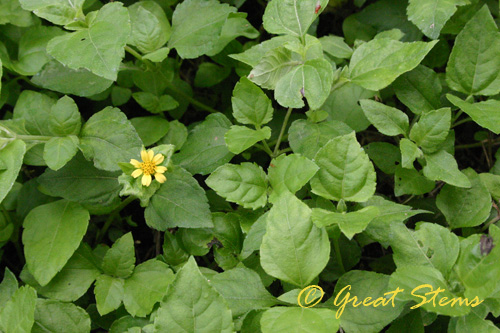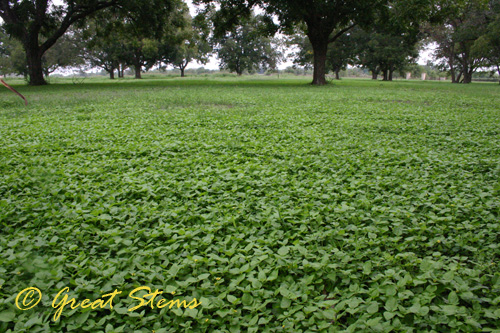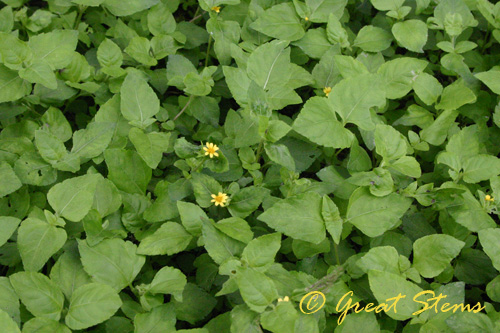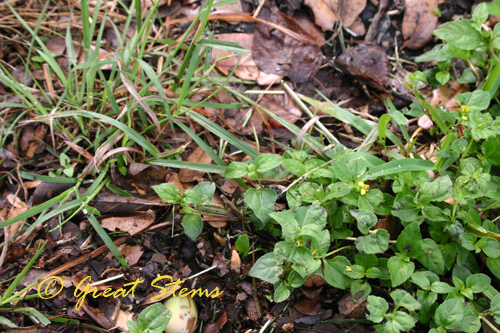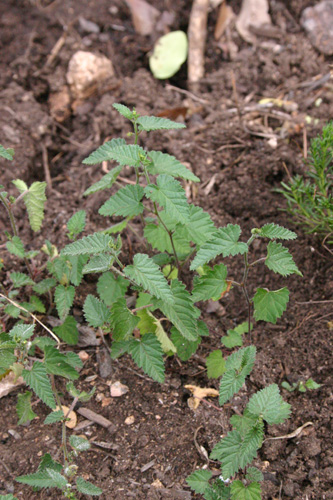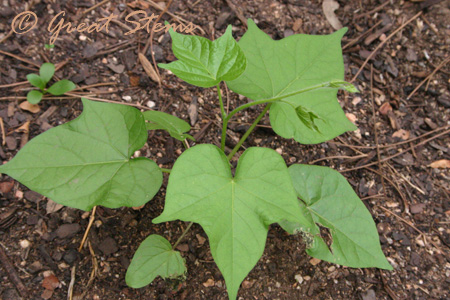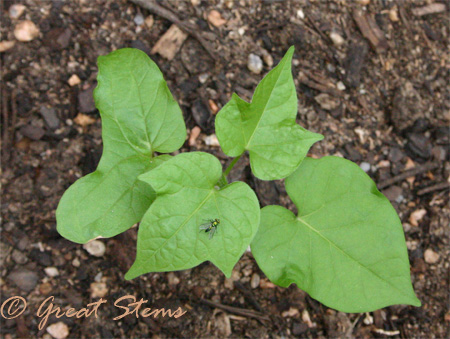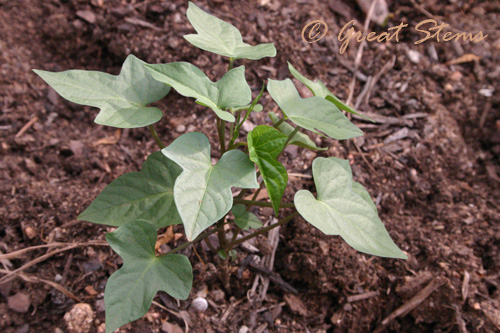As I begin to divide and conquer the mowing of my overgrown backyard, I’ve had ample opportunity to look at the variety of unknown plants that have cropped up all over. Are they friends or foe? Will they be banes of my existence or acceptable groundcover? Should I let them duke it out with some of the other plants I know I don’t want there, like Bermuda, just to find a more acceptable alternative to the turf grass I long to have disappear?
Some plants I suspect will soon become officially part of the “Banes of My Existence” list, along with Bermuda and Nutsedge. One is the Velcro Plant. It goes by other names, many equally appropriate for the incredible ability of the plant to stick to everything — Catchweed Bedstraw, Stickywilly, etc.
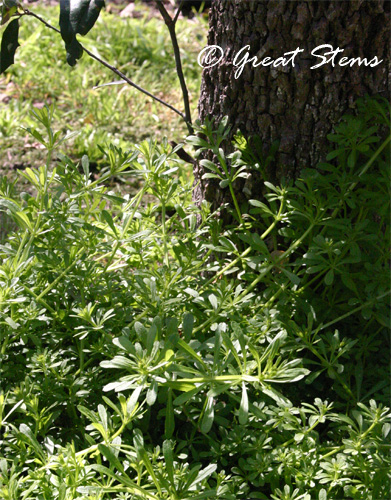 I want to admire this plant, I really do. It’s not unattractive, and evolutionally speaking it is a master of distribution, with all those little hooks that allow it to attach to anything and everything that attempts to move past it. It’s even managed to become a plant that can outdo the oak sprouts under the oak trees. But it’s clear that it’s found a new home in my yard that it finds most acceptable. So I’ll enjoy my admiration for a few moments, and then go pluck it out wherever I can.
I want to admire this plant, I really do. It’s not unattractive, and evolutionally speaking it is a master of distribution, with all those little hooks that allow it to attach to anything and everything that attempts to move past it. It’s even managed to become a plant that can outdo the oak sprouts under the oak trees. But it’s clear that it’s found a new home in my yard that it finds most acceptable. So I’ll enjoy my admiration for a few moments, and then go pluck it out wherever I can.
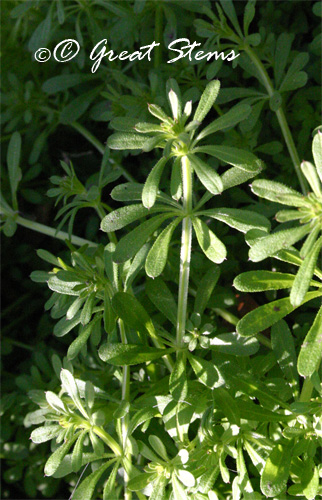 And what do I do about the wild onion that has also found a home it likes — the edge of the wooded areas in the back? It’s actually quite pretty, and we enjoy the onion smell that spreads through the air when we run through it or mow it.
And what do I do about the wild onion that has also found a home it likes — the edge of the wooded areas in the back? It’s actually quite pretty, and we enjoy the onion smell that spreads through the air when we run through it or mow it.
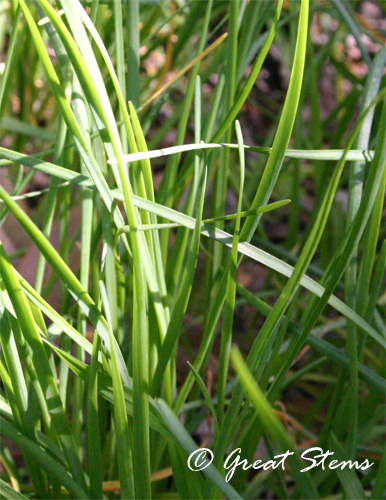 But it’s spreading rapidly, too. Do I let it? I think occasionally it makes my dogs sick, so perhaps that’s reason enough to try to keep it cut down.
But it’s spreading rapidly, too. Do I let it? I think occasionally it makes my dogs sick, so perhaps that’s reason enough to try to keep it cut down.
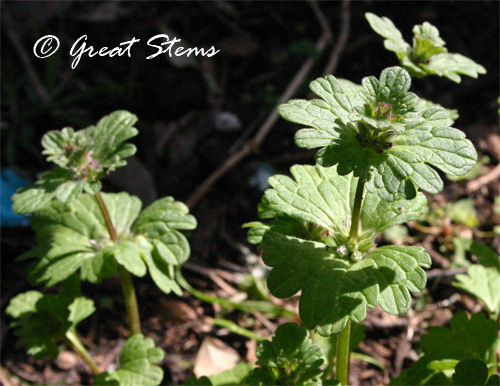 Henbit is everywhere. This is a plant I really don’t find that attractive.
Henbit is everywhere. This is a plant I really don’t find that attractive.
And these other little tiny flowers, all very adorable, are still ones I admire with caution. I don’t know what they are. I just think they’re pretty. Probably they are counting on that, and as they get a little bigger and sneak some seeds past me, they know that they’ll have an in on spreading through my yard. If anyone knows the actual names for these plants, please let me know.
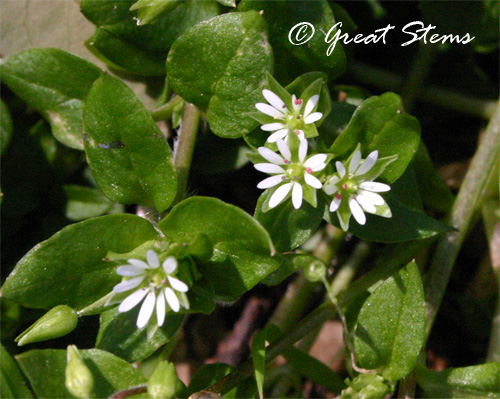
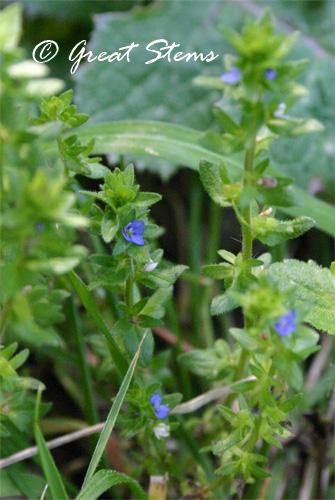
***This next one I think is a Ten-Petal Anemone, Anemone berlandieri, native to the Edwards Plateau. I think it’s a keeper, although it’s toxic. Everything else in my yard seems to be, too.
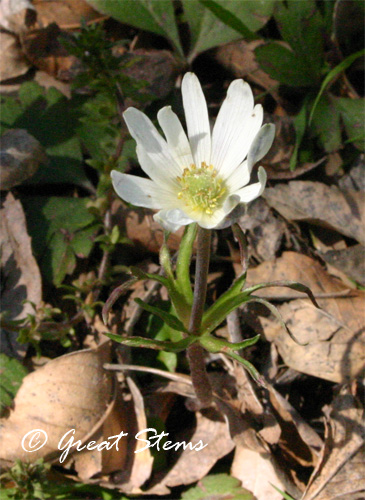 I’m not crazy about mowing. It’s one reason why I hope to someday fill in my yard with enough “stuff” that I won’t have to mow anymore. But obviously I’ll be dealing with transitional stages for awhile. I do have to say that I love my electric mower, even though the cord can be a pain. Maybe someday I’ll get to progress to a simple old-fashioned reel mower, once the area I have to deal with is smaller.
I’m not crazy about mowing. It’s one reason why I hope to someday fill in my yard with enough “stuff” that I won’t have to mow anymore. But obviously I’ll be dealing with transitional stages for awhile. I do have to say that I love my electric mower, even though the cord can be a pain. Maybe someday I’ll get to progress to a simple old-fashioned reel mower, once the area I have to deal with is smaller.
And it’s nice to be back working on the yard and garden. Spring approaches. 🙂
